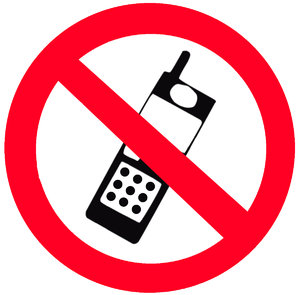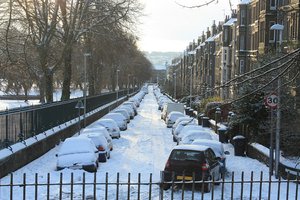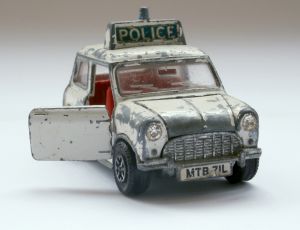On Route 128, between Westwood and Randolph, construction crews have started to open a fourth lane.
Motorists will finally have the fallback option of a breakdown lane as that was open and used for rush-hour traffic while construction was underway. It was all a part of a more than $53 million project to widen the roadway, according to the Patriot Ledger.

“The active breakdown lane is not designed to be used as an express lane or high speed passing lane… use extreme caution and drive below the posted speed limit, especially at on and off ramps, where traffic is entering and exiting from this lane,” said the Massachusetts State Police in a flyer explaining the rules of the breakdown lane.
Our Westwood accident lawyers understand how important the breakdown lane is for motorists. We also realize that it can be one of the most dangerous places to be. While this additional lane offers a “safe” place for motorists to go in the event of a breakdown, it also sets them up as a target for irresponsible drivers. Throughout the country, victims of breakdowns are being hit, injured and killed in these lanes. With the busy holiday season approaching, there’s going to be a heck of a lot more traffic out there and your risks for an accident are going to skyrocket. That’s why we’re here to offer you some important safety tips to help keep you safe should you find yourself in a breakdown situation.
If you ever find yourself in a breakdown situation and you’re stranded along our roadways, consider the following tips from officials with the Commonwealth of Massachusetts.
Breakdown Safety:
-Make sure you take all of the appropriate actions to avoid a breakdown. If you start to feel something wrong with your vehicle, check it before you head out.
-Pull as far over to the side of the road as you can. Get away from moving traffic.
-If you need help, turn on your flashing hazard lights and call for roadside help or call 9-1-1.
-Raise your vehicle’s hood. It’s the international distress sign for “help.”
-If you have to get out of your vehicle, make sure you exit on the side that’s not facing traffic.
-Be careful when using flares.
-Keep moving if you can. On the side of the road, and even in a breakdown lane, is one of the most dangerous places you can be. If it’s just a flat tire or something you can drive through — do it and get somewhere safe!
-Protect yourself and get out of your vehicle and behind a guardrail or something protective if you can!
-Don’t attempt to cross a high-speed road on foot. Sit tight!
-Use common sense. There are a number of circumstances that may require different reactions. Survey the area and use good judgment.
Continue reading
 Boston Car Accident Lawyer Blog
Boston Car Accident Lawyer Blog












